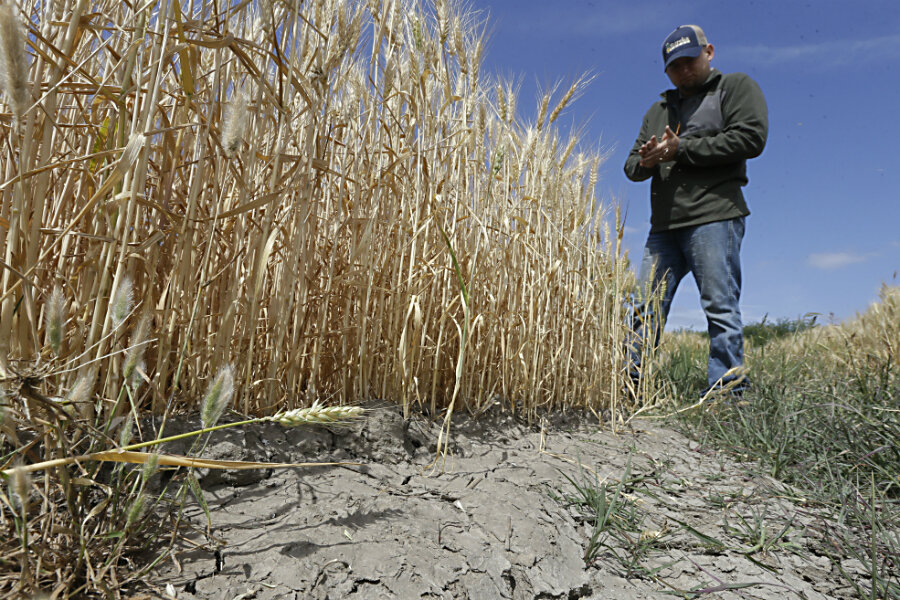Climate change: Biggest threat to plants may be competition, not heat
Loading...
What happens to existing plants when a new species, forced out of its former habitat by rising temperatures, invades their territory?
Mountaintop plants, for example, now face competition from flowers and shrubs that previously grew at lower elevations but have begun migrating uphill as temperatures rise – and that makes all the difference, according to a study in the latest issue of Nature.
"Finding out that it is competition from lower-elevation flora that serves as the decisive effect, and not higher temperatures as previously assumed, is a very valuable discovery," said plant ecologist Jake Alexander, lead author of the study, in a press release.
An experiment in the Alps revealed that mountain plants can survive an increase of 3 degrees, as long as they are only competing with their current alpine neighbors. When lower-elevation plants move in, however – what the researchers call "novel competitors" – their survival rate declines dramatically. Even those that hold up against the competition grow poorly and produce fewer flowers, say the researchers.
"This is important because it shows that we need to know who plants are competing against if we want to predict their performance and location after climate warming," said Dr. Alexander.
Alexander partnered with Jeff Diez and Jonathan Levine to empirically test the role of "novel competitors" in the field. In most habitats, scientists do not know which species will invade next. "But in mountains we do," explained Dr. Levine. "[T]he future competitors of alpine plants are only hundreds of meters down the slope."
To conduct the experiment, the authors transplanted four plant species from their current location in an alpine meadow to a new home about half a mile downhill.
This move simultaneously created the expected rise of about 3 degrees in average temperature for Switzerland over the next 50 to 100 years and gave the plants new neighbors, based on their expected or current competitors. The researchers also transplanted some plant species to higher elevations and examined the effects of that migration on the surrounding ecology.
The migration of these "novel competitors ... generally exceeded the impact of warming," the authors write.
In other words, the climb of lower-elevation plants to higher altitudes, not merely temperature increase, will be the deciding factor in landscapes transformed by climate change.
Why?
It's all about access to sunlight, the researchers explain. Higher up on the mountains, lower-elevation plants can grow taller and with broader leaves, thereby shading the smaller species and starving them of the light they need for photosynthesis.
Climate change’s impact is not limited to plants, of course, but the Union of Concerned Scientists predicts that animals will have an easier time migrating than plants. While some tree species, such as the black spruce, are already beginning to move into friendlier terrain, the US Forest Service reports that the migration rate for most trees and other plants under modern climate change will be half of that experienced during the last post-glacial period, because of the fragmentation of forest cover that has occurred since then.





